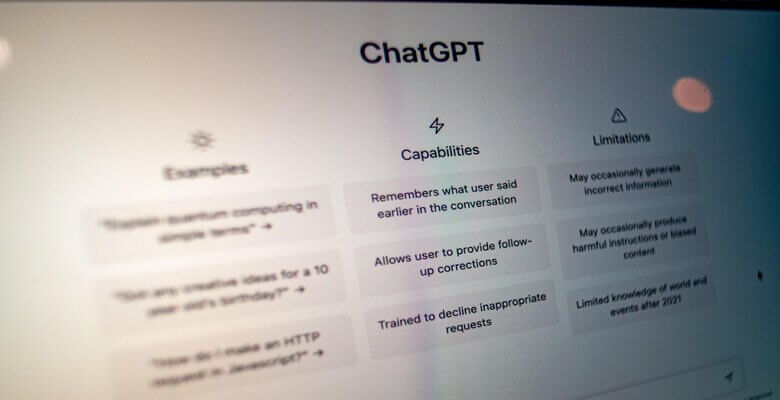Date Published February 23, 2023 - Last Updated February 20, 2024
 How often have we been faced with a new technology that we just knew would never take off, only to see that, over time, it created a whole new approach to how we use technology.
How often have we been faced with a new technology that we just knew would never take off, only to see that, over time, it created a whole new approach to how we use technology.
In the 1990’s we saw the birth of the Internet, in the sense that it was starting to open up to anyone who had the technology to access it. In the oughts, social media came on the scene. Towards the end of that decade Apple released the iPhone, which spawned the smart device revolution.
Having lived through all of that, I clearly recall on nearly every occasion that the discussion went something like this:
- First, denial: “Nobody is interested in spending that much on a phone, I don’t care how ‘smart’ it is. It’ll never take off.”
- Then, anger or irritation: “I don’t care how many people in the company have these new smart devices, we’ll never support them. They’re impossible to support because we can’t control them.”
- Finally, acceptance: “Here’s our support policies for smart devices . . . “
The introduction of technology that changes the landscape is often referred to as disruptive technology. Usually, these are things that on the surface can seem innocuous. Then suddenly, they change everything.
More recent examples were driven by the recent pandemic. The use of videoconference solutions had always been around, but they were usually an exception, and frequently expensive to implement. Then everyone had to isolate in place, and suddenly a support organization was faced with facilitating a work-from-home environment. Our kids had to attend school remotely. A relatively unknown company suddenly became a household word – who hasn’t heard of Zoom meetings at this point?
So what’s the next thing that we won’t really want to support because we think it’s a passing fad? How do we determine when to pay attention and when to ignore?
The first important step to take to be ready for the next big thing is to raise your awareness of what’s happening in the world of research and development. Too often, we get so busy doing our regular routine that we forget that there’s a great big world of ever-evolving technology out there. There used to be publications that were regularly mailed to technology leaders, which made it easy to keep industry developments front-and-center. Today, most of those are now published solely in electronic formats on the company’s website, so it takes time and dedication to keep up with changes in the technological landscape. If your role is specific to a certain industry, it would be a good practice to watch for changes and innovations in that arena.
Once you’ve developed the good habits of keeping up with innovations in technology, the next step is to identify potentially disruptive innovations and sketch out a plan on the approach your support organization will take if it becomes necessary. There are a few choices:
- Ignore it - deny it even exists.
- Wait and see how other organizations handle it.
- Explore alternatives.
- Adoption, and aggressively establish policies and processes.
The first option is really just keeping the status quo, but the end result is that in all likelihood the support team will be forced to support the new technology eventually. In the meantime, it could be damaging to the organization’s reputation to ignore something everyone wants to adopt.
Option two is a safe bet - it gives time to see the impact of the disruption and lets others absorb the risk. This may be a good approach for smaller businesses, but the downside is that it could lead to competitive disadvantages in the long term as other businesses embrace change while you’re waiting.
The third option is to determine if there are other, similar technologies that could supplant or offset the disruption caused by the new innovation. This is not common, and there is always the risk that you will pick the wrong direction and end up having to backtrack to adopt the new technology anyway.
Finally, you can make a decision to go after the new technology. Proactively build knowledge and support processes so if the technology does propagate the support team is ready. Identify team members who could become subject matter experts and have them monitor the progress of the new technology.
Developments in technology are not slowing down, so there's no doubt that we will continue to be faced with disruptive innovations. Think about the impact of AI like ChatGPT, 5G cellular technology growth, the expansion of the internet of things concept, augmented reality, edge computing, and 3D printing. There are so many things that could affect our service and support teams, and it’s very important that we be aware and prepared.
Are you ready?
Mike Hanson is Vice President of IT Service Desk Operations at PSCU.